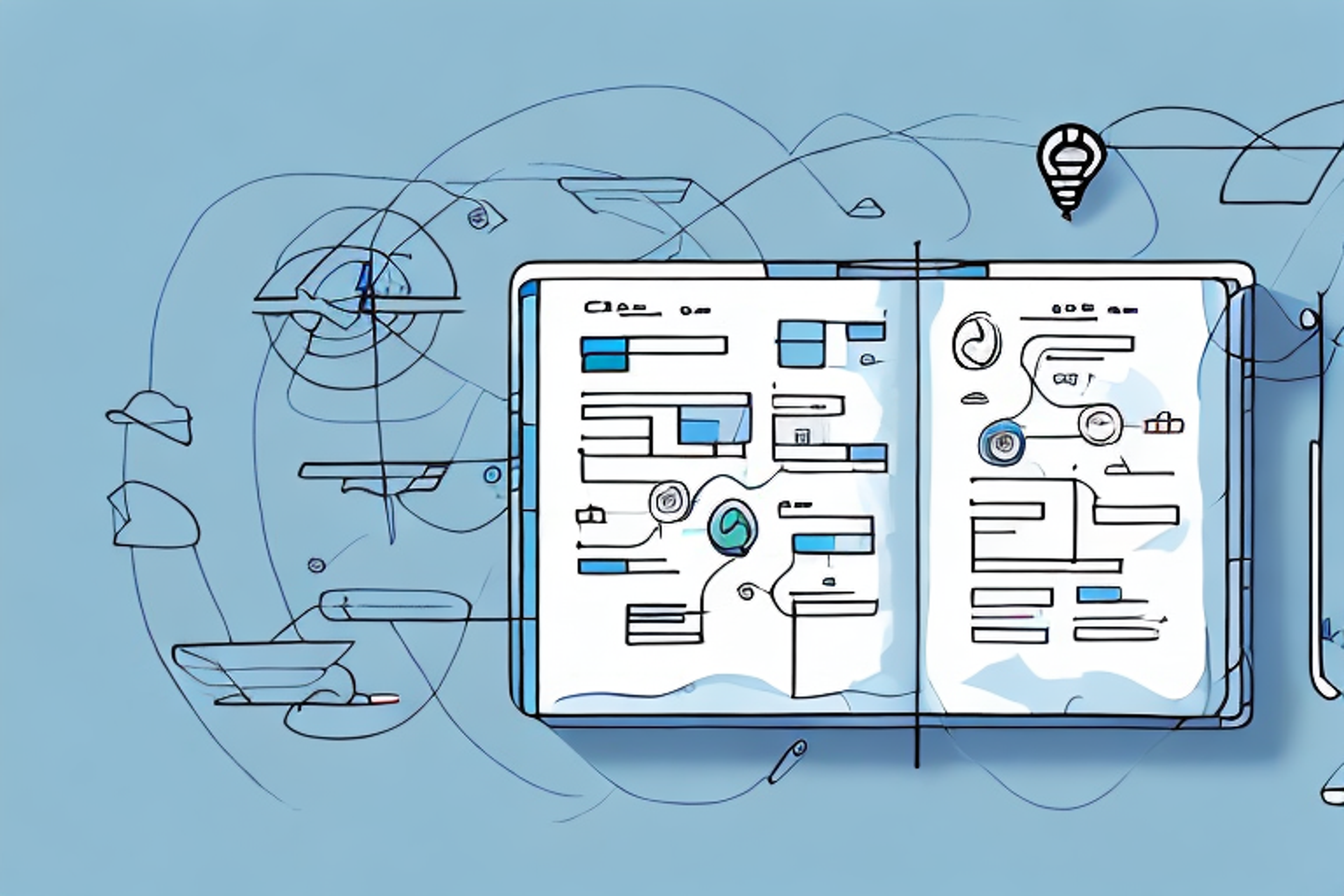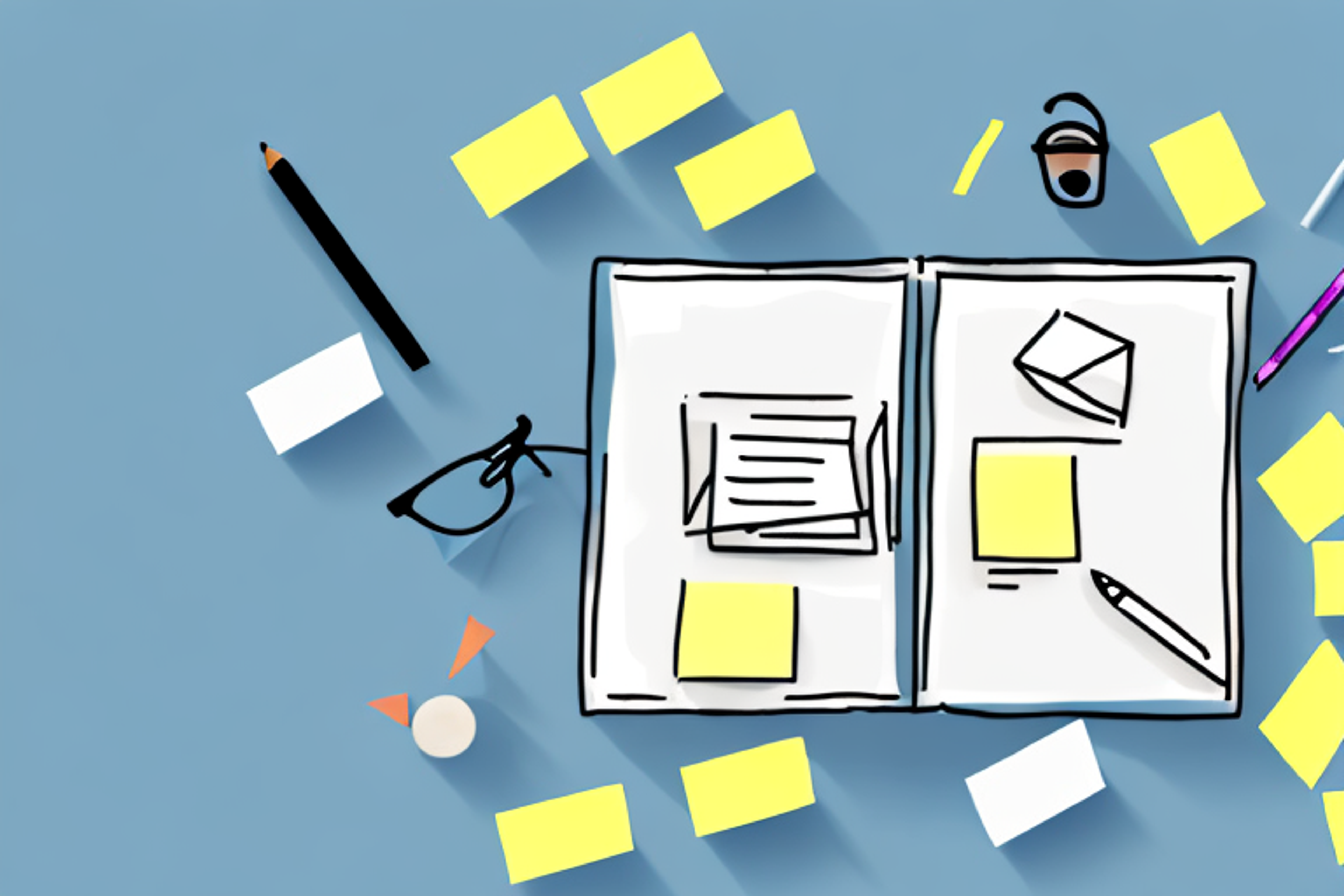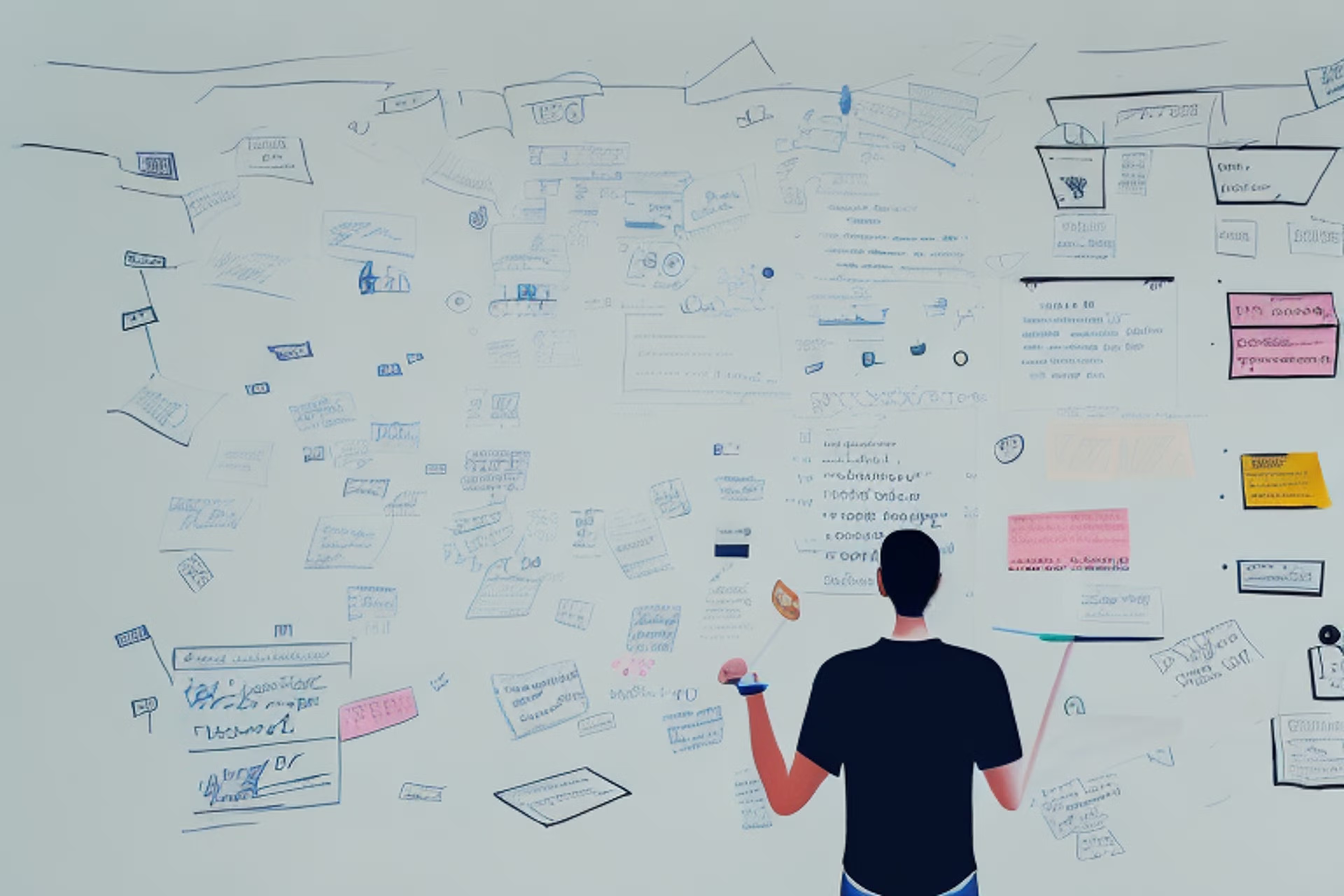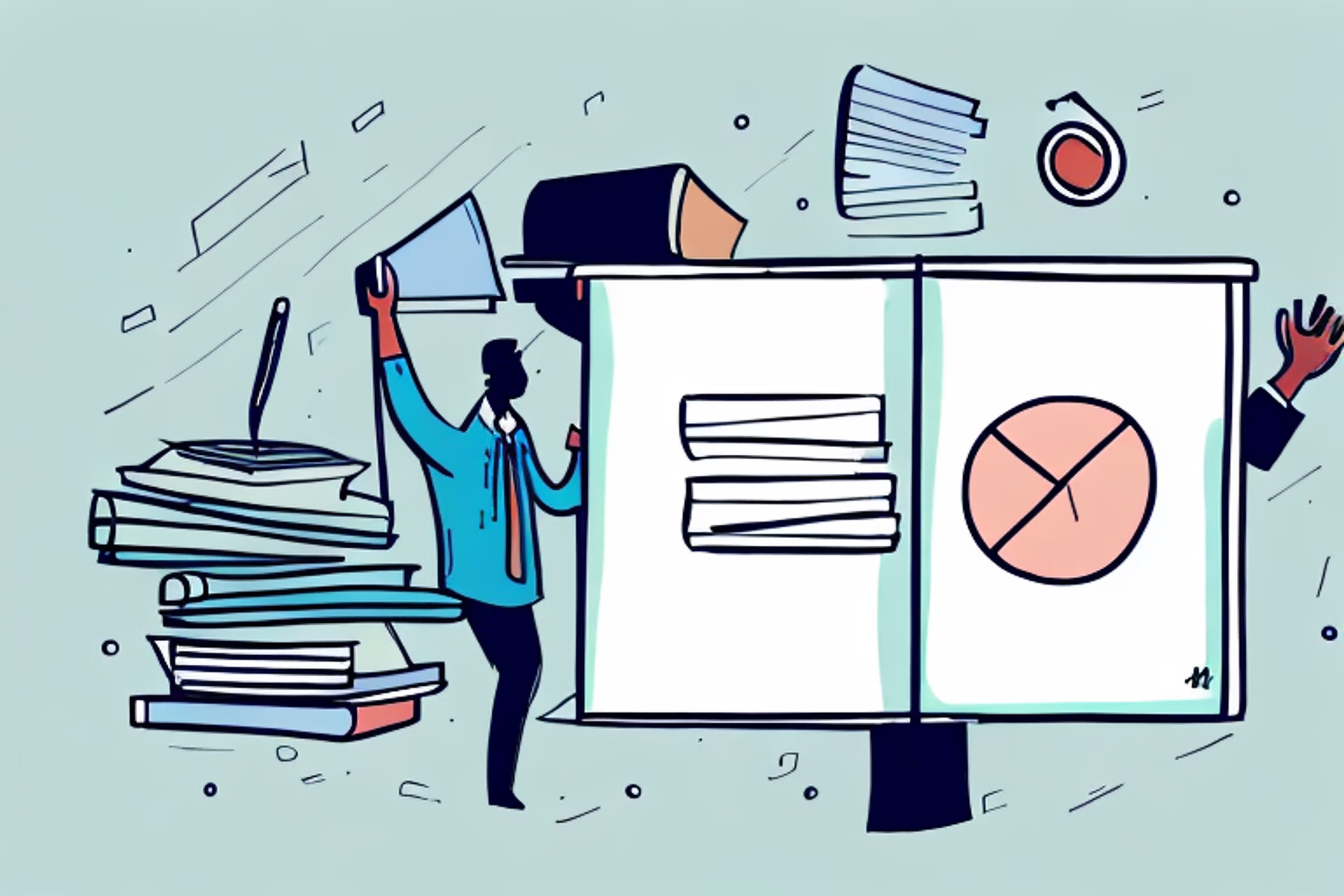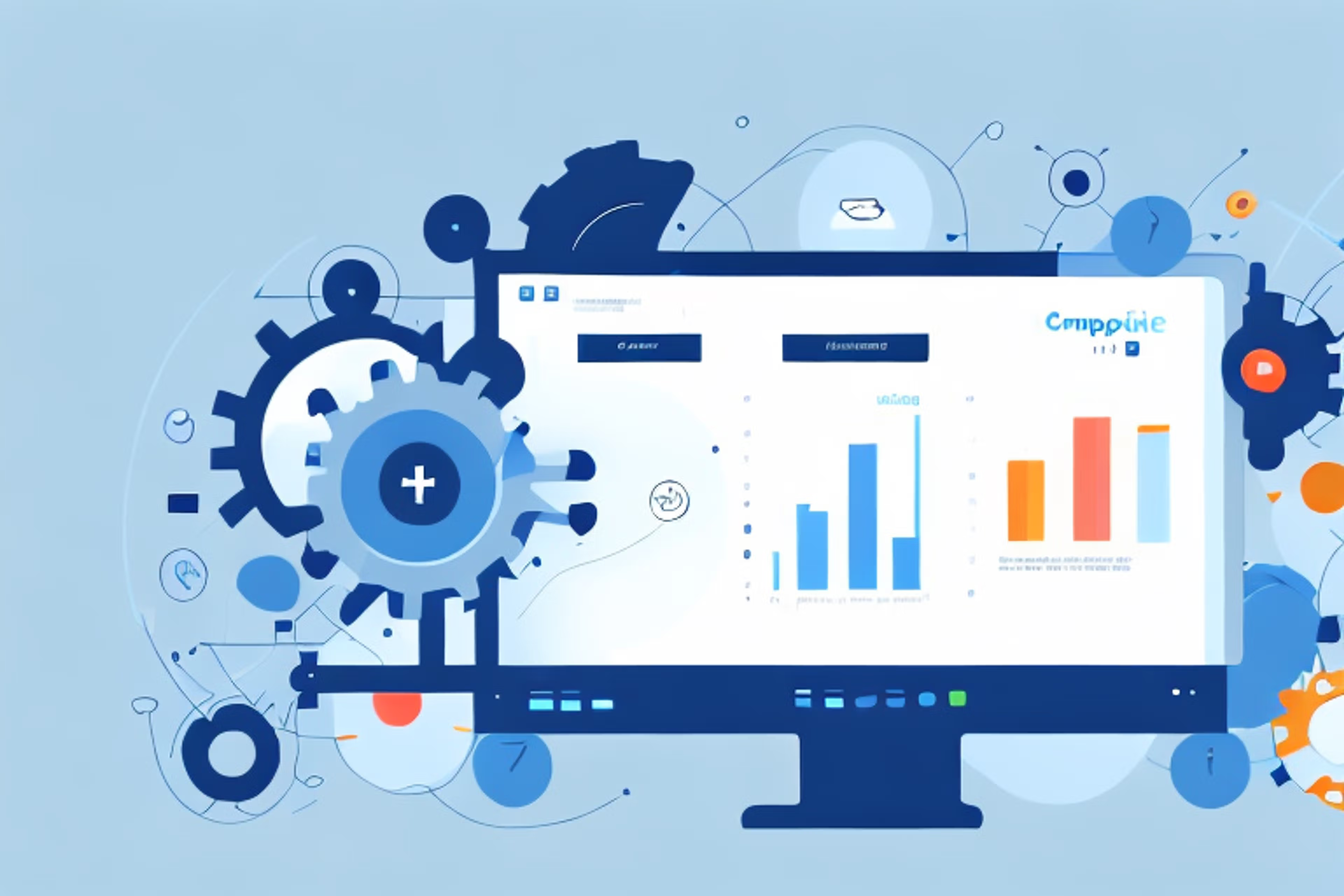How to Prepare for IBM Product Management Behavioral Interviews
Are you preparing for an IBM product management behavioral interview? Look no further! Our comprehensive guide provides tips and strategies to help you ace the interview and land your dream job.
Posted March 6, 2025

Table of Contents
If you're preparing for an IBM product management behavioral interview, you've come to the right place. This article will provide you with a comprehensive guide on how to ace your upcoming interview. Here, we will cover everything you need to know, from understanding the interview process to researching the company and industry, identifying your strengths and weaknesses, and using the STAR method to structure your responses.
Understanding the Behavioral Interview Process at IBM
Behavioral interviews are designed to assess a job candidate's past behavior, personality, and work habits. IBM uses behavioral interviews to determine if you possess the necessary skills and traits for the position. These interviews often revolve around questions like "tell me about a time when...", "describe a situation where you had to...", and "what do you think distinguishes you from other candidates?" These questions are designed to help the interviewer understand how you handle various situations, how you communicate, collaborate, and solve problems.
Common Behavioral Questions Asked by IBM Product Managers
Some of the most common behavioral questions asked during IBM product management interviews include:
- Can you tell us about a time when you had to make a tough decision in a high-pressure situation?
- Describe a situation where you had to convince a team member or stakeholder to support your idea.
- Have you ever faced a situation where the project didn't go as planned? How did you handle it?
Another common behavioral question asked during IBM product management interviews is:
- Can you describe a time when you had to prioritize multiple tasks or projects with competing deadlines?
Product managers at IBM are also often asked:
- Can you tell us about a time when you had to pivot or change direction in a project due to new information or feedback?
Researching the Company and Industry Before the Interview
Before the interview, it is essential to research IBM and the industry thoroughly. Familiarize yourself with the company's history, values, and goals. Go through the job description and the product management role's responsibilities to better understand what the company is looking for in a candidate. Additionally, you should research the industry and the market trends to understand how IBM fits into the competitive landscape.
Furthermore, it is also important to research the company's recent news and developments. This can include any recent product launches, partnerships, or acquisitions. Understanding the company's current initiatives and projects can help you tailor your responses during the interview and demonstrate your knowledge and interest in the company.
Identifying Your Strengths and Weaknesses for Behavioral Interviews
Another critical aspect of preparing for a behavioral interview is identifying your strengths and weaknesses. Take some time to reflect on your past experiences. Think about the skills and qualities that helped you succeed in your previous jobs, projects, and activities. Additionally, try to identify areas where you need improvement and how you can address them.
It's important to remember that weaknesses are not necessarily negative traits. Instead, they can be areas where you have less experience or knowledge. By acknowledging these areas, you can take steps to improve and grow in your career. When discussing weaknesses in a behavioral interview, be sure to also mention how you are actively working to address them. This shows self-awareness and a willingness to learn and improve.
Using the STAR Method to Structure Your Responses
The STAR method is an effective technique for answering behavioral interview questions. STAR stands for Situation, Task, Action, and Result. When responding to a behavioral question, start by describing the situation you were in, the task you had to complete, the action you took, and the result you achieved. This method helps you structure your answers and provides the interviewer with a clear and concise response.
It is important to note that the STAR method can also be used in other areas of your professional life, such as when writing performance evaluations or giving feedback to colleagues. By using this method, you can provide specific examples and evidence to support your assessments, making them more objective and effective. Additionally, the STAR method can help you identify areas for improvement and set goals for your own professional development.
Tips for Crafting Compelling Behavioral Interview Answers
When crafting your behavioral interview responses, make sure you are specific, concise, and relevant. Use real-life examples that demonstrate your skills and abilities. Avoid vague or general answers that do not provide the interviewer with sufficient information. Additionally, make sure you highlight your accomplishments and how they align with the job requirements.
It is also important to prepare for common behavioral interview questions ahead of time. Research the company and the job position to get an idea of what types of questions may be asked. Practice your responses with a friend or family member to ensure that you are comfortable and confident in your answers. Remember to stay focused on the question and provide a clear and concise response that showcases your skills and experience.
Practicing with Mock Behavioral Interviews
One of the best ways to prepare for a behavioral interview is to practice with mock interviews. Find a friend or colleague who can act as the interviewer and ask you common behavioral questions. Recording yourself during the practice session can also help you identify areas where you need improvement, such as body language, tone, and pacing.
It is important to remember that behavioral interviews are designed to assess your past behavior and how you handle certain situations. Therefore, it is crucial to have specific examples ready to share with the interviewer. Take some time to reflect on your past experiences and think about how you can use them to demonstrate your skills and abilities during the interview.
Preparing for Behavioral Interview Follow-Up Questions
During the behavioral interview, the interviewer may follow up with additional questions based on your response. These follow-up questions are designed to dig deeper into your experience and assess your critical thinking skills. Therefore, it is essential to anticipate follow-up questions and prepare for them.
One way to prepare for follow-up questions is to review the job description and identify the key skills and experiences required for the position. This will help you anticipate the types of follow-up questions that may be asked and prepare thoughtful responses.
Another helpful strategy is to practice answering behavioral interview questions with a friend or mentor. This will give you an opportunity to receive feedback on your responses and identify areas where you may need to improve your answers or provide more detail.
How to Address Gaps in Your Experience During a Behavioral Interview
If you have gaps in your experience, do not try to hide them or make excuses. Instead, be honest and transparent, and focus on highlighting your strengths. If you are a recent graduate or lack experience in product management, try to relate your experience to the job requirements. For instance, if you have organized a student club or led a group project, emphasize how these experiences have prepared you for the product management role.
Another way to address gaps in your experience is to show your willingness to learn and grow. You can mention any courses or certifications you have taken that are relevant to the job. You can also talk about any volunteer work or internships you have done that have given you exposure to the industry.
It is also important to show your enthusiasm for the job and the company. Research the company and the job role thoroughly, and come prepared with questions and ideas. This will demonstrate your interest and commitment to the job, and can help compensate for any gaps in your experience.
Tips for Building Rapport with IBM Interviewers
Building rapport with the interviewer can help you establish a connection and make a good impression. To build rapport, start by greeting the interviewer with a smile and a firm handshake. Use the interviewer's name during the conversation and try to find common ground, such as shared interests or experiences. Additionally, make sure you are attentive and engaged during the interview.
What to Wear and Bring to an IBM Product Management Behavioral Interview
Dressing appropriately and bringing the right materials to the interview can help you make a good first impression. For IBM product management behavioral interviews, wear business attire, such as a suit and tie. Bring copies of your resume, a list of references, and a notepad and pen to take notes.
Common Mistakes to Avoid During IBM Product Management Behavioral Interviews
Some common mistakes to avoid during IBM product management behavioral interviews include:
- Talking too much or too little
- Not listening to the interviewer
- Using vague or general answers
- Being unprepared or not researching the company and industry
- Being negative or arrogant
How to Follow-Up After an IBM Product Management Behavioral Interview
After the interview, it is essential to follow up with a thank-you note or email. This gesture shows your appreciation for the interviewer's time and consideration. Additionally, it provides you with another opportunity to express your interest in the position and highlight your qualifications.
In conclusion, preparing for an IBM product management behavioral interview may seem daunting, but with the right amount of research, practice, and preparation, you can ace the interview. Follow the tips and strategies outlined in this article, and we wish you the best of luck on your journey!







